Click on images to enlarge
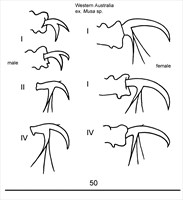
Fig. 1. Oligonychus velascoi adult male and female (non-types) - detail of claws.

Fig. 2. Oligonychus velascoi adult female (non-types) - detail of claw I.

Fig. 3. Oligonychus velascoi adult female (non-types) - detail of claw IV.

Fig. 4. Oligonyhcus velascoi adult female - detail of pregenital striae pattern and striae on genital flap.

Fig. 5. Oligonyhcus velascoi adult female - detail of prodorsal strriae and lobes (n.b. peritremem tip visible under scale bar in top right corner).
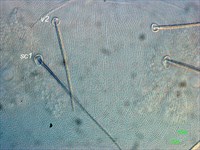
Fig. 6. Oligonyhcus velascoi adult female - detail of prodorsal strriae and lobes.
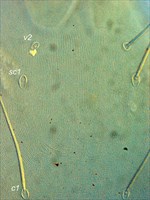
Fig. 7. Oligonyhcus velascoi adult female - detail of prodorsal strriae and lobes.
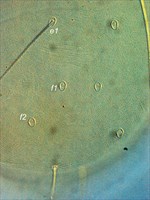
Fig. 8. Oligonyhcus velascoi adult female - detail of pattern of dorsal striae between dorsal setae e1, f1 and f2.
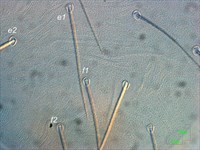
Fig. 9. Oligonyhcus velascoi adult female - detail of pattern of dorsal striae between dorsal setae e1, f1 and f2.
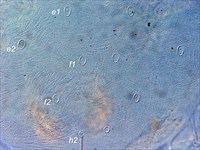
Fig. 10. Oligonyhcus velascoi adult female - detail of pattern of dorsal striae between dorsal setae e1, f1 and f2.
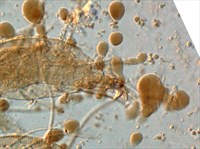
Fig. 11. Oligonyhcus velascoi holotype male - detail of claw I.
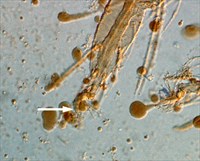
Fig. 12. Oligonyhcus velascoi holotype male - detail of claw IV.
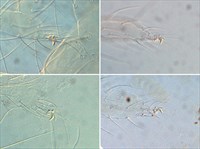
Fig. 13. Oligonyhcus velascoi adult males (non-type, Australia) - detail and variation in shape of claw I.
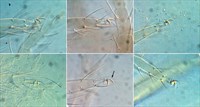
Fig. 14. Oligonyhcus velascoi adult males (non-type, Australia) - detail and variation in shape of claw IV (arrow indicates minute dorsal spur).

Fig. 15. Oligonyhcus velascoi holotype male - detail of peritreme (arrow indicates tip).
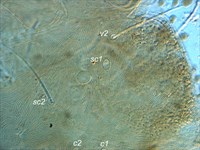
Fig. 16. Oligonyhcus velascoi holotype male - detail of prodorsal striae.
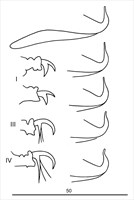
Fig. 17. Oligonychus velascoi adult male holotype - detail of aedeagus (at different focal points); and detail of claws I, III, IV.
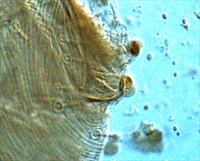
Fig. 18. Oligonyhcus velascoi holotype male - detail of aedeagus (with straight tip).
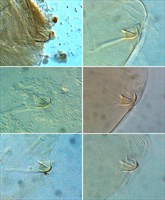
Fig. 19. Oligonyhcus velascoi adult males - detail and variation in shape of aedeagus (holotype top left; other specimens from Australia).
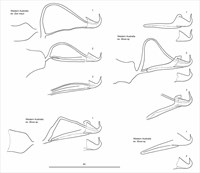
Fig. 20. Oligonychus velascoi adult male (non-types, Australia) - detail of aedeagus (at different focal points).

Fig. 21. Oligonyhcus velascoi adult male (non-type, Australia) - detail of aedeagus; single individual, different focal points.
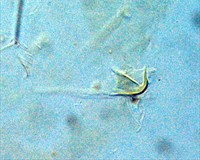
Fig. 22. Oligonyhcus velascoi adult male (non-type, Australia) - detail of aedeagus.

Fig. 23. Oligonyhcus velascoi adult male (non-type, Australia) - detail of aedeagus; single individual, two focal points.
Material examined
types; non-types
Taxonomy
Subfamily Tetranychinae
Tribe Tetranychini
Common Name
none
Distribution
++Australia, *The Philippines, Thailand
Taxonomy Changes
none
Diagnosis
Female
- empodia I-IV = long curved claw, longer than or subequal to proximoventral hairs, often with minute dorsal spur visible (Figs 1-3)
- pregenital striae mostly longitudinal with oblique striae laterally (Fig. 4)
- tarsus I with the sockets of four tactile setae proximal to, and one solenidion proximal to or overlapping with, the socket of the proximal duplex seta [females from Musa sp. Western Australia have the male pattern on tarsus I (see below), i.e. an extra two solenidia]
- tarsus II with the sockets of three tactile setae and one solenidion proximal to, and one tactile seta overlapping with, the socket of the duplex seta
- peritreme ending in simple unexpanded bulb (Fig. 5)
- prodorsal striae longitudinal, forming a broad U-shape posteriorly (Figs 5-7)
- most dorsal striae transverse, except longitudinal between opisthosomal setae f1-f1 and f1-f2 (Figs 8-10)
- chaetotaxy for legs I-IV:
- femora 10, 6, 4, 4
- genua 5, 5, 4, 4
- tibiae 10(1+0), 7, 6, 7
- tarsi 18(3+3), 16(2+3), 10(1+0), 10(1+0)
- [some females with 20(5+3) on tarsus I]
Male
- empodium I = short stout bifid claw; dorsal claw slightly more slender than ventral claw (Figs 11, 13, 17)
- empodia II-IV with strongly curved claw, slightly shorter than proximoventral hairs, often with minute dorsal spur visible (Figs 12, 14, 17)
- peritreme ending in simple expanded bulb (Fig. 15)
- prodorsal striae longitudinal forming a U-shape posteriorly, or with irregular striae posteriorly (Fig. 16)
- tarsus I with the sockets of four tactile and two solenidia proximal to, and one solenidion overlapping with, the socket of the proximal duplex seta [holotype with four tactile proximal on one side and three tactile proximal on the other (one seta missing)]
- tarsus II with the sockets of three tactile setae and one solenidion proximal to, and one tactile seta overlapping, the socket of the duplex seta (two ventral tactile setae often appear to be overlapping)
- chaetotaxy for legs I-IV:
- femora 10, 6, 4, 4
- genua 5, 5, 4, 4
- tibiae 13(4+0), 7, 6, 7
- tarsi 20(5+3), 16(2+3), 10(1+0), 10(1+0) [holotype has 19/20(5+3) on tarsus I]
- aedeagus dorsally directed, weakly sigmoid with one major bend; no anterior or posterior projection (dorsal projection can appear very slightly directed posteriorly at very tip); dorsal margin of shaft at approx. 45° angle to ventral margin, abruptly bent dorsally at acute to right angle forming dorsal projection; dorsal projection finger-like, thick at base abruptly tapering distally to narrow straight tip (n.b. tip can appear curved posteriorly); ventral margin of shaft more or less straight (Figs 17-23)
- the tip of the dorsal projection of the aedeagus of holotype changes appearance at different focal points, from straight tip to curved tip (see Fig. 17 - holotype illustration, and Fig. 18); most Australian specimens have a straight tip (Figs 20-23)
Hosts
+^Cocos nucifera (Arecaceae), +Musa sp. (Musaceae), *Pennisetum purpureum (Poaceae), #Zea mays (Poaceae).
+ Rimando (1962) mentioned non-type specimens from these hosts in the original description; Australian specimens from Musa sp.
^ Ehara & Wongsiri (1975) state they examined one male from coconut in Mae Sai, Thailand - however, the illustration of the aedeagus provided (Fig. 105 on p. 179) does not match O. velascoi, and is more reminiscent of O. plegas.
#Australian specimens are from Zea mays and Musa sp.
Similar Taxa
References
Baker, E.W. (1975) Plant feeding mites of Thailand (Tetranychidae, Tenuipalpidae and Tuckerellidae). Plant Protection Service Technical Bulletin 35: 1-43
Ehara, S. and Wongsiri, T. (1975) The spider mites of Thailand (Acarina: Tetranychidae). Mushi 48(13): 149-185
Migeon, A. and Dorkeld, F. (2006-2017) Spider Mites Web: a comprehensive database for the Tetranychidae. http://www.montpellier.inra.fr/CBGP/spmweb
*Rimando, L.C. (1962b) The tetranychoid mites of The Philippines. University of The Philippines College of Agriculture Technical Bulletin 11: 1-52
Notes
++ Not yet officially recorded in Australia.
Baker (1975) records O. velascoi from Digitaria sp. and Zea mays, from Bangkhen, Thailand, and does not provide illustrations. I examined these specimens and conclude that they represent a different species.
Copyright © 2018. All rights reserved.